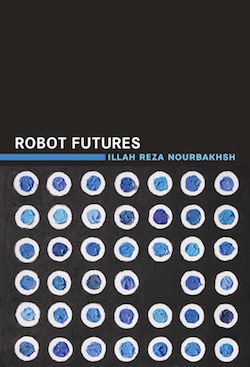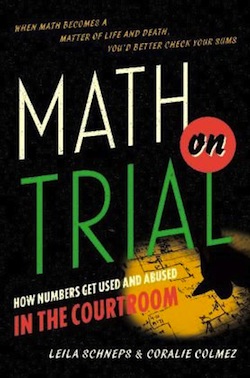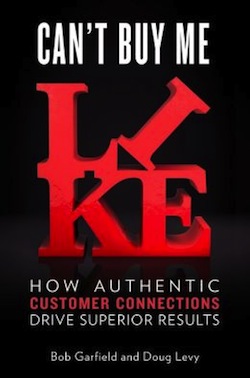-

Robot Futures
by Illah Reza Nourbakhsh

The Nutshell:
Carnegie Mellon University roboticist Nourbakhsh imagines a future in which ever more intelligent forms of artificial intelligence dictate the way we work, shop, play, and travel.
Literary Lovechild Of:
Isaac Asimov’s I, Robot and Hal Abelson, Ken Ledeen, and Harry Lewis’ Blown to Bits: Your Life, Liberty, and Happiness After the Digital Explosion.
You'll Find It On Your Bookshelf If:
You have only owned one pet. A Tamagotchi named Spike.
Cocktail Party Fodder:
More than five people are required at all times to manage a Predator-class drone.
For Optimal Benefit:
Prepare your brain by watching these awesome soccer-playing robots. See, having those fellows control your life wouldn’t so bad, would it?
Snap Judgment:
The best parts of the book are the crazy scenarios Nourbakhsh comes up with—like malfunctioning eye-controlled toy helicopters and robot-enabled infidelity. His preference for a future in which robots are employed to serve communities, not individuals or corporations, is innovative—if less fun than the nightmare robots that populate his chapters.
-

Math on Trial: How Numbers Get Used and Abused in the Courtroom
by Leila Schneps and Coralie Colmez

The Nutshell:
Mathematicians Schneps and Colmez expose the misuse of mathematics, and especially probability, in court cases throughout history (including, most recently and infamously, Amanda Knox’s murder trial).
Literary Lovechild Of:
Nate Silver’s The Signal and the Noise: Why So Many Predictions Fail—But Some Don’t and Donald E. Shelton’s Forensic Science in Court: Challenges in the Twenty First Century.
You'll Find It On Your Bookshelf If:
You’re allowed one book in your cell.
Cocktail Party Fodder:
If just 23 people are in a room, there’s about a 50 percent chance that two of them have the same birthday.
For Optimal Benefit:
Read this before you’re convicted of murder.
Snap Judgment:
Schneps and Colmez mix good legal dramas with clear and concise mathematical explications, although their central argument is probably too specialized for anyone but quants and numbers-driven legal scholars to invest in.
-

Can’t Buy Me Like: How Authentic Consumer Connections Drive Superior Results
by Bob Garfield and Doug Levy

The Nutshell:
Companies should worry less about offering customers what they want and more about earning their trust, argue media journalist Garfield and creative agency CEO Levy. In what they call our “Relationship Era” of commerce, the best slogan or even the best product isn’t going to trump the company people think is best.
Literary Lovechild Of:
Jeffrey Gitomer’s The Little Red Book of Selling and Chris Anderson’s The Long Tail: Why the Future of Business Is Selling Less of More.
You'll Find It On Your Bookshelf If:
You’re still feeling betrayed by those promises of male enhancement.
Cocktail Party Fodder:
In a 2006 survey, consumers most often cited “quality products and services” as their top standard of trust; by 2010, quality had fallen to number three, with 83 percent of respondents citing “transparent and honest practices.”
For Optimal Benefit:
This is the perfect counter-programming to the new season of Mad Men.
Snap Judgment:
For the most part Garfield and Levy tout the usual suspects when it comes to today’s best businesses—Apple chief among them. But they also offer more nuanced success stories, like Krispy Kreme’s recent resurgence on a low marketing budget, that give insight into what sells and why.



